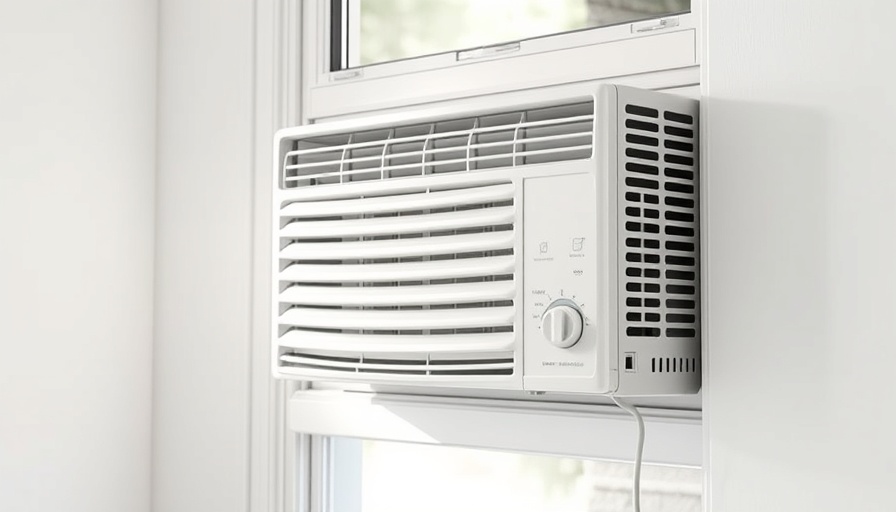
Understanding Your AC Side Panels: The Basics
As summer heat rises, so does the demand for home cooling solutions. For many, this means setting up window air conditioning units. These essential pieces of equipment come with side panels designed to fill gaps between the AC unit and the window frame. However, when you're moving into a new space or dealing with non-standard window sizes, you might find that those panels just don't fit as you expected. Understanding the purpose and functionality of these side panels can help you address common installation issues confidently.
Creative Solutions When Your AC Panels Aren't Fitting
If you find yourself facing the challenge of air conditioning side panels that don’t fit, don't panic. Here are several creative options to consider:
- Use One Panel: If the window is narrow, start by removing one side panel. Positioning the AC unit closer to one side allows the remaining panel to adequately cover gaps.
- Custom Panels: Crafting your own panels from materials like plywood, plexiglass, or foam boards can be a practical solution. Measure the gaps accurately for a snug fit.
- Upgrade to a Larger AC: If your window is significantly wider than your AC, investing in a larger unit might save you future headaches.
- Seal Remaining Gaps: Use weatherstripping, caulk, or even painter’s tape to close small gaps where the panels and window meet.
Using Foam Board as an Alternative
As suggested by HVAC expert Micah Sherman, foam board can serve as an effective substitute for side panels. It's lightweight, easy to cut, and can provide insulation against outdoor temperatures if affixed correctly. Cut it to size, press it into place, and tape down the edges for a clean finish. This DIY approach not only ensures that your home remains comfortable but also keeps that summer heat at bay.
Maintaining Home Efficiency in the Summer
Efficiently managing your air conditioning unit isn’t just about the setup—it's also about maintenance. Regularly cleaning filters and ensuring proper sealing can keep your AC running smoothly. A well-maintained unit lowers energy costs and increases the lifespan of your appliance, making it a smart investment for homeowners.
Embracing DIY Home Improvement Projects
DIY home projects, such as modifying your AC side panels, not only help solve immediate problems but also add a personal touch to your living space. Engaging in these important maintenance tasks empowers homeowners to take control over their comfort and provides an opportunity to learn valuable skills. So, if you feel brave enough to tackle such challenges, don your DIY hat and get started!
Future-Proofing Your Home Against Heatwaves
Climate change has made extreme heat more common, making reliable cooling systems essential for any home. Consider investing in solutions that allow you to adapt to changing weather conditions. Whether through landscape choices that provide shade, or by choosing high-efficiency AC units, being proactive can enhance your comfort.
Final Thoughts on Keeping Your Space Cool
Using the right techniques and materials when setting up your AC unit can ensure you're ready for even the hottest days. Addressing side panel issues creatively allows you to maintain your comfort during the summer months. Embrace the DIY spirit—it's not just about fixing a problem; it’s also about enhancing your living environment for years to come.
 Add Row
Add Row  Add
Add 




Write A Comment